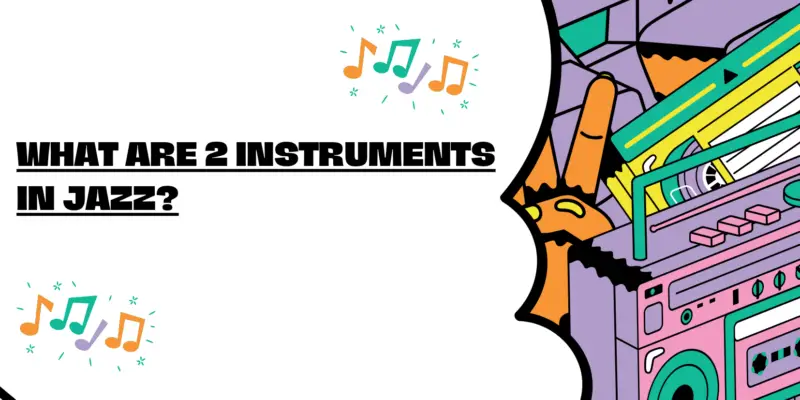Jazz, known for its improvisational spirit and diverse instrumentation, features a vast array of instruments that contribute to its distinctive sound. While there are numerous instruments used in jazz, two instruments stand out as quintessential to the genre’s identity: the saxophone and the piano. In this article, we will explore the essential roles played by these two instruments in shaping the world of jazz.
- The Saxophone: A Jazz Icon
The saxophone, with its warm and expressive tone, is often considered the quintessential jazz instrument. Developed by Adolphe Sax in the 1840s, the saxophone found its way into jazz during the genre’s formative years. Here’s why the saxophone is such a vital part of jazz:
- Expressive Range: The saxophone is known for its remarkable versatility and expressive range. From the lyrical and melodic lines of the alto sax to the deep, resonant tones of the baritone sax, each saxophone has its unique voice, allowing jazz musicians to convey a wide spectrum of emotions.
- Saxophone Styles: Various styles of saxophones are used in jazz, including the soprano, alto, tenor, and baritone. Each contributes to the diverse textures and tonal colors of jazz music. Notable saxophonists like Charlie Parker (alto), John Coltrane (tenor), and Gerry Mulligan (baritone) have left indelible marks on the genre with their distinctive saxophone voices.
- Solo and Ensemble Performances: The saxophone is equally at home in solo and ensemble settings. Jazz saxophonists are celebrated for their improvisational prowess, often delivering captivating solos that push the boundaries of the instrument. In big bands, saxophone sections provide harmonic richness and add depth to jazz arrangements.
- Emotional Expressiveness: The saxophone’s ability to convey emotion is unparalleled. Whether it’s the soulful and bluesy wails of a tenor sax or the playful, virtuosic runs of an alto sax, this instrument has the power to connect with listeners on a profound level.
- The Piano: The Jazz Foundation
The piano is another cornerstone of jazz, serving as a foundation for many iconic performances and compositions. Here’s why the piano is indispensable to jazz:
- Harmonic Foundation: The piano’s keyboard layout and polyphonic capabilities make it an ideal instrument for exploring complex harmonies and chord progressions. Jazz pianists often play a pivotal role in shaping the harmonic structure of a piece, providing the essential foundation for improvising soloists and ensemble performances.
- Solo and Ensemble Versatility: Jazz pianists are known for their exceptional versatility. They can seamlessly transition from accompanying a vocalist or a horn player to taking center stage with virtuosic solos. Pianists like Duke Ellington and Thelonious Monk are celebrated for their unique improvisational styles and compositions that have become jazz standards.
- Rhythmic Innovation: The piano’s percussive nature allows jazz pianists to experiment with rhythmic patterns and syncopation, adding depth and complexity to the music. Their ability to interact with other rhythm instruments, such as the drums and bass, contributes to the dynamic groove of jazz ensembles.
- Historical Significance: Jazz history is replete with legendary pianists who have left an indelible mark on the genre. Pioneers like Jelly Roll Morton, Art Tatum, and Count Basie helped shape the evolution of jazz piano, influencing generations of musicians.
Conclusion
The saxophone and the piano, with their distinct characteristics and roles, are two instrumental pillars of jazz. These instruments have contributed immeasurably to the genre’s depth, diversity, and enduring appeal. Whether it’s the soulful melodies and improvisations of the saxophone or the harmonic richness and rhythmic innovations of the piano, these instruments continue to play essential roles in shaping the ever-evolving world of jazz. Together, they form the heart and soul of a musical genre that celebrates improvisation, innovation, and artistic expression.


